Five things we know about creativity
15th May, 2017

Coloured chalks
“Creativity is intelligence having fun.” - Einstein.
Creativity is something human beings are pretty amazing at. It’s how we reach innovation and discover new and improved methods for doing things - from inventions to strategies to artwork - we are always creating. Sometimes it feels like the ideas are unstoppable, flowing and evolving faster than we can keep up with, whereas other times we can’t even decide what we want to wear when we get up in the morning. Is there any rhyme or reason to this? It’s hard to say conclusively why sometimes we are or aren’t “in the mood” to do something creative, but as with many aspects of our behaviour we can look at the research and explore the results to discover what we know about creativity, what helps, what doesn’t help, and how that impacts us in general.
So what do we know about creativity? Here’s five things:
1. Too much structure is bad for creativity
Organised information helps with efficiency. When a hierarchical structure is present we seem to find it easier to find quick, logical links between the information and thus reach the easiest solution. When it comes to creativity, the easiest solution isn’t always what we’re after. A study from the University of Toronto's Rotman School of Management says that to think of a brand new idea we need to abandon the obvious route and seek out different links between the points of information, which is hard work for our naturally efficient brains if the info we’re dealing with is heavily structured.
Our tip: To allow ideas to flow, try reorganising the information you are working with. Sticky notes, big whiteboards and explorative mind maps are really helpful.
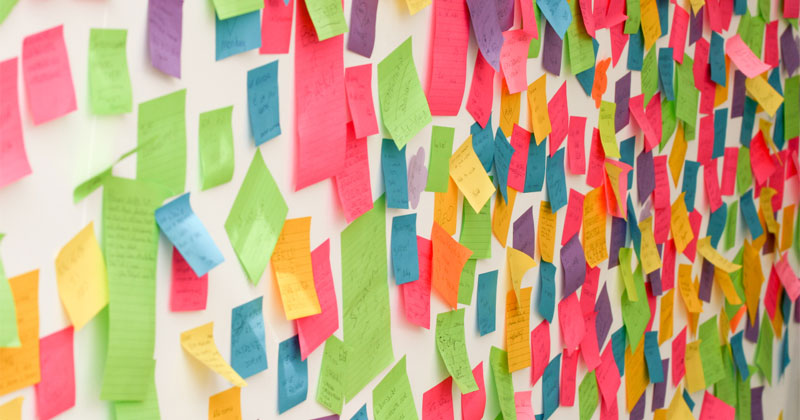
2. One creative activity per day can improve your emotional wellbeing
Research by the University of Otago looked at the relationship between creativity and our emotional outlook on life. Upon testing 658 young adults, the study showed that the participants who engaged in a daily creative activity showed a marked improvement in terms of their outlook - giving increasingly positive responses to test questions after a period of 13 days. It’s easy to draw the conclusion that as naturally resourceful creatures we might feel more fulfilled and engaged if we are able to access our creative instincts, even if it is just for a small amount of time per day.
Our tip: One creative activity per day might seem like a big ask, but it’s possible to add a bit of creativity to normal day-to-day tasks. For example - at home things as simple as cooking, decorating and gardening can be highly creative pursuits. At work, group meetings are a great opportunity to get creative and if each member of your team can find a creative aspect to their work, the chances are it could contribute to a more positive working environment.
3. Sleep contributes to problem solving
Unfortunately, it’s true that highly creative people are prone to insomnia and erratic sleep patterns. If a burst of inspiration strikes it can be so stimulating that sleep is virtually out of the question no matter what time it is or what important thing you have to do in the morning. However, somewhat unhelpfully, research shows that REM sleep is hugely beneficial when it comes to thinking up creative solutions. A study in California gave participants a series of creative problems to solve in a day. During the time available to consider the problems, 50% of the participants were encouraged to take a nap whilst the others were told to stay awake. The results showed that those who napped long enough to enter REM sleep did 40% better in solving the problems than all the other participants. The conclusion drawn from this study as reported by Harvard Medical School is that REM sleep contributes to problem solving.
Our tip: Stuck for solutions? Sleep on it.
4. Walking helps to move a creative block
Most of us can appreciate the benefits of walking in the bracing fresh air. It feels instinctual to go and walk when we need time and space to think, for example, if we’re feeling cross, overwhelmed or confused. We walk when we want to reach a solution and as we know, problem solving and creativity go hand in hand. A fascinating study conducted by Stanford University shows that walking generates a 60% increase in creative output which is incredible! What’s also interesting is that contrary to what we might believe, it’s not the fresh air or a change of scene necessarily. The study found strong results from those who walked on a treadmill in a small boring room facing a wall as well as those who walked outside in the open air.
Our tip: Walking meetings! OK, this wasn’t strictly our idea. Walking meetings are becoming increasingly popular, with the likes of Steve Jobs who would swear by them and other big names picking up on the trend. Business innovator Nilofer Merchant did a hugely popular TED talk in 2013 on the benefits of walking meetings - her talk has been viewed over 2.5 million times around the world.
5. Stress vs. boredom - could both benefit creativity?
The water is a little murky when it comes to stress and creativity. On a very basic level, stress is born from a feeling of fear and boredom is born from a feeling of safety. It makes sense that high-pressure situations would inhibit creativity as our instincts are sending us fear signals, but studies don’t always show that. What we can see from various studies is that stress will provoke us to take fewer risks and think safely “inside the box”, whereas a relaxed or bored state will set us off exploring a new path, seeking the excitement and adventure conducive to creativity.
Our tip: It’s tricky to draw a conclusion from the information available, however in terms of a creative project it would be fair to say that allowing plenty of time and space at the start of a project could foster a better range of new exciting ideas, whereas towards the end of a project a degree of pressure could help ensure that quick logical solutions are reached and deadlines are safely met, mitigating the risk of wild new ideas being thrown into the mix at a late stage.
The sources for the research cited in this blog are following. We encourage you to nose through the findings and explore the results in more detail. The more we can unpick about what drives creativity the further we can push the boundaries of what we are capable of, which in itself is quite an exciting prospect.
Structure is bad for creativity https://www.sciencedaily.com/releases/2017/03/170322152736.htm
Creativity is good for wellbeing https://www.psychologytoday.com/blog/arts-and-health/201612/creativity-and-emotional-well-being-recent-research
Sleep is good for problem-solving http://www.health.harvard.edu/blog/sleep-helps-learning-memory-201202154265
Walking improves creativity http://news.stanford.edu/2014/04/24/walking-vs-sitting-042414/?hn
Boredom vs. stress http://www.telegraph.co.uk/news/science/science-news/11492867/Boredom-makes-people-more-creative-claim-psychologists.html / http://sharpbrains.com/blog/2013/11/26/the-link-between-brain-stress-and-creativity/ / https://litreactor.com/columns/how-stress-assassinates-creativity
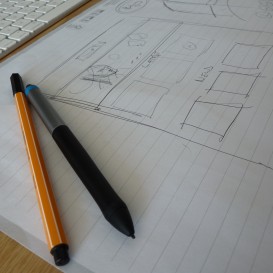

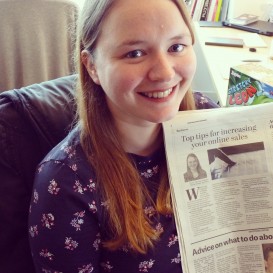

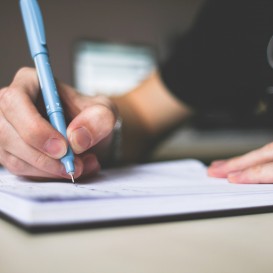
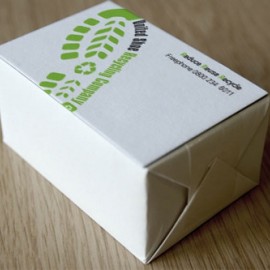
Comments
comments powered by Disqus